The Early Open Door Era (1790s-1880s)
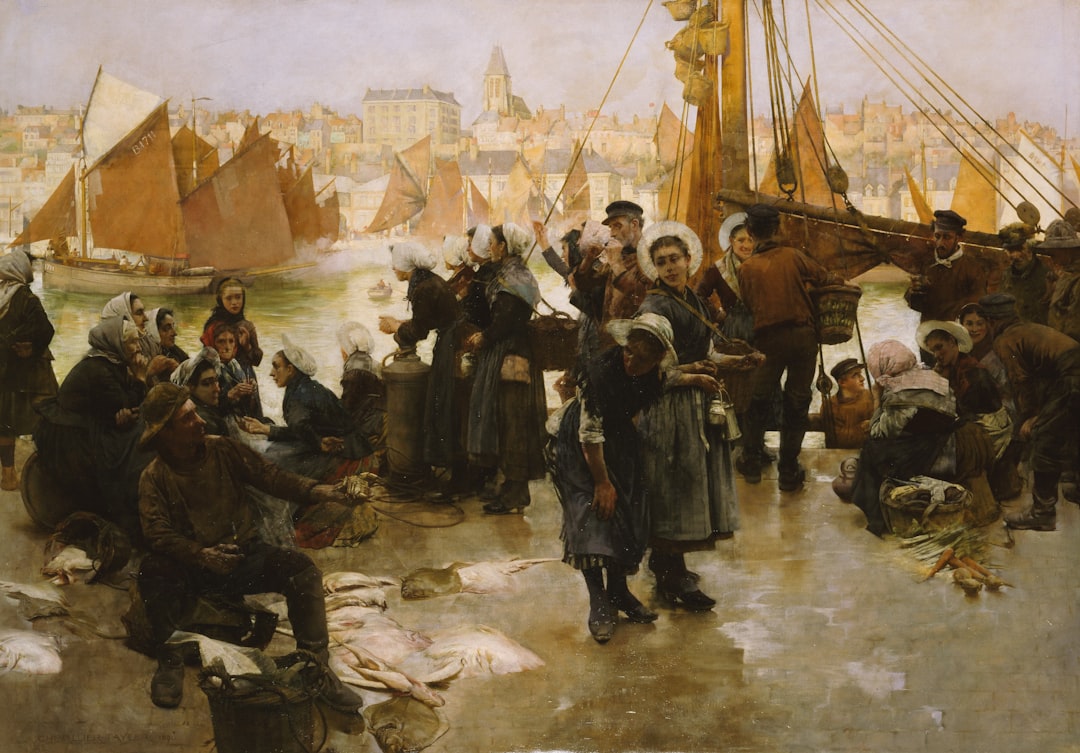
America’s first immigration laws were surprisingly welcoming compared to today’s standards. The Naturalization Act of 1790 allowed any “free white person” who had lived in the country for two years to become a citizen. This policy reflected the young nation’s desperate need for settlers and workers to build the expanding frontier. During this period, roughly four out of every five immigrants came from Northern and Western Europe, particularly Ireland and Germany. The government actively encouraged immigration through policies like the Homestead Act of 1862, which offered free land to anyone willing to farm it. This open-door approach would soon face its first major test as economic anxieties and racial tensions began to reshape public opinion about who deserved to call America home.
The Chinese Exclusion Act: America’s First Racial Immigration Ban (1882)

The Chinese Exclusion Act of 1882 marked a dark turning point in American immigration history, becoming the first law to explicitly ban an entire ethnic group from entering the United States. Driven by economic fears and blatant racism, particularly on the West Coast where Chinese workers had helped build the transcontinental railroad, this legislation prohibited Chinese laborers from immigrating for ten years. The law was repeatedly extended and wasn’t fully repealed until 1943, when China became a wartime ally. What made this act particularly cruel was its separation of families—Chinese men already in America couldn’t bring their wives or children to join them. According to historical records, the Chinese population in America dropped from over 100,000 in 1880 to just 61,000 by 1920, demonstrating the devastating impact of this discriminatory policy.
Ellis Island and the Great Wave (1892-1924)
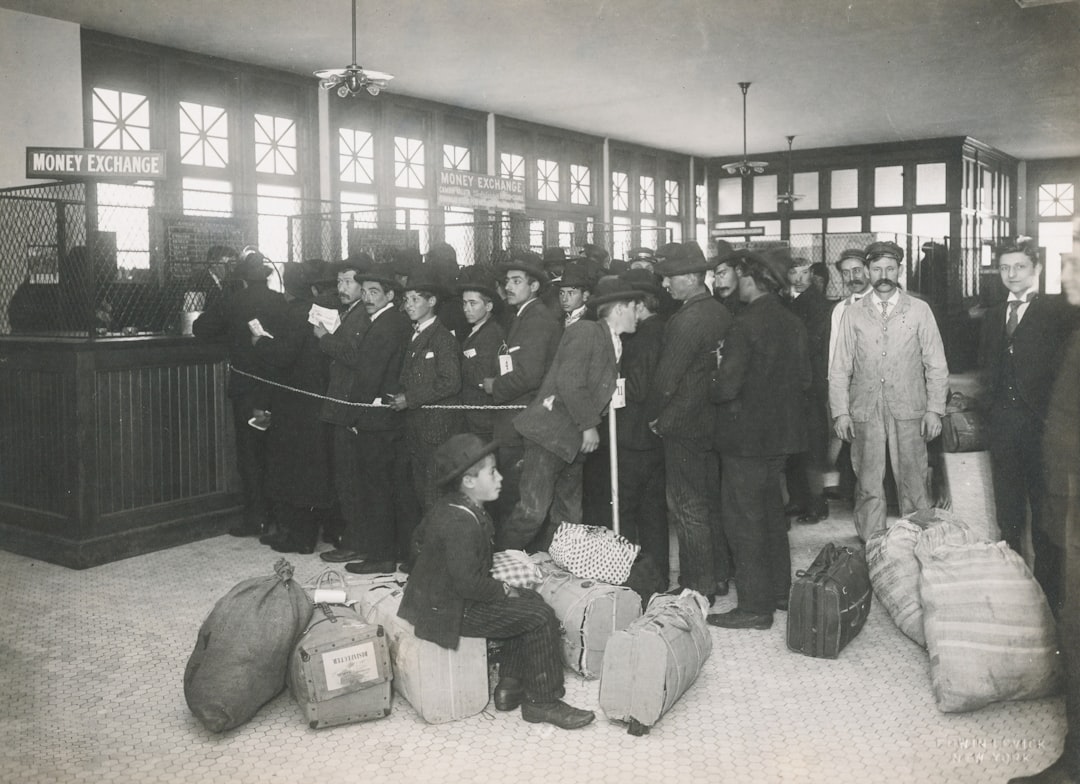
Ellis Island opened in 1892 as America’s main immigration processing center, becoming the symbol of hope for millions seeking the American Dream. Between 1892 and 1954, approximately 12 million immigrants passed through its doors, with peak years seeing over one million arrivals annually. The facility processed people with remarkable efficiency—most immigrants were cleared within three to five hours, though about two percent were detained for medical or legal reasons. During this era, the composition of immigration shifted dramatically as Southern and Eastern Europeans, including Italians, Poles, and Russians, began arriving in unprecedented numbers. However, this “Great Wave” also sparked intense nativist backlash, with established Americans fearing that these newcomers were too different to assimilate into American society.
The National Origins Quota System (1924-1965)

The Immigration Act of 1924 fundamentally transformed American immigration policy by establishing a quota system based on national origins, effectively favoring Northern and Western Europeans while severely limiting others. This law set annual immigration limits at just 150,000 people and allocated quotas based on the ethnic composition of the 1890 census, deliberately excluding the large wave of Southern and Eastern European immigrants who had arrived after that date. The system was designed to preserve what lawmakers called America’s “racial composition,” with countries like Italy receiving tiny quotas while Britain and Germany received the largest allocations. This discriminatory framework remained in place for over four decades, shaping American demographics and reflecting the era’s prevalent racial attitudes. The policy’s impact was devastating for refugees fleeing persecution, including Jewish refugees during the Holocaust who were turned away due to quota restrictions.
The Hart-Celler Act Revolution (1965)
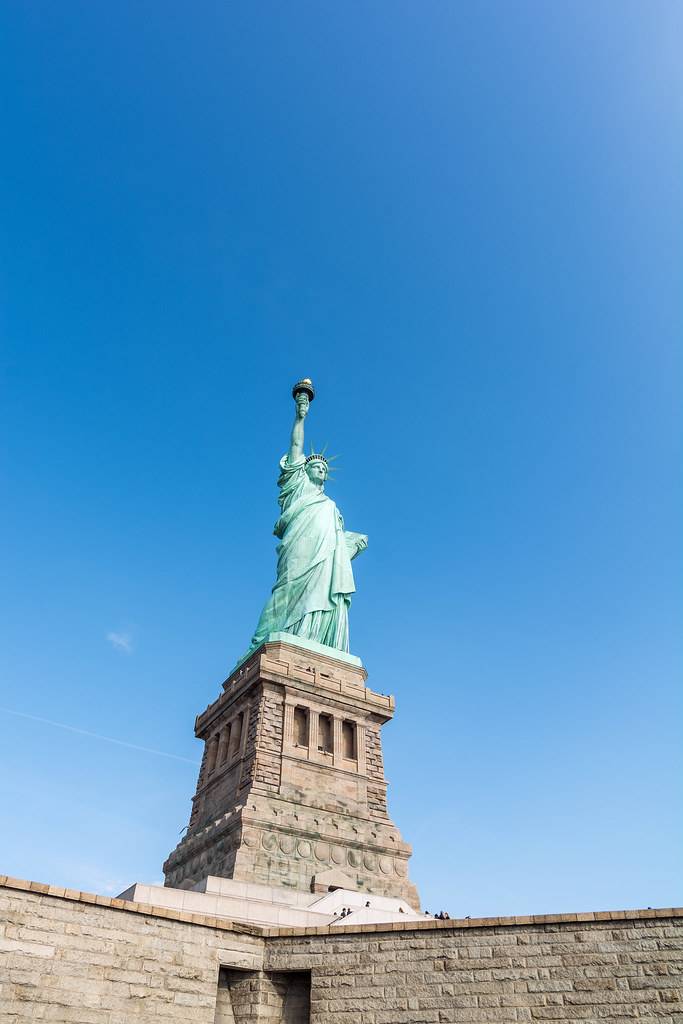
The Immigration and Nationality Act of 1965, also known as the Hart-Celler Act, completely abolished the discriminatory quota system and opened America’s doors to immigrants from around the world. President Lyndon Johnson signed this landmark legislation at the base of the Statue of Liberty, symbolically emphasizing America’s renewed commitment to welcoming newcomers regardless of their country of origin. The new law prioritized family reunification and skilled workers over national origin, setting an annual cap of 290,000 immigrants with no single country receiving more than 20,000 visas per year. This policy shift had profound unintended consequences—while lawmakers expected continued European immigration, the vast majority of new arrivals came from Asia, Latin America, and Africa. Within two decades, the demographic composition of American immigration had completely transformed, with European immigrants becoming a small minority of new arrivals.
The Rise of Illegal Immigration and Border Security (1970s-1990s)

The 1970s and 1980s witnessed a dramatic increase in unauthorized immigration, particularly from Mexico and Central America, as economic disparities and political instability drove people northward. The Immigration Reform and Control Act of 1986, signed by President Reagan, attempted to address this issue through a combination of amnesty and enforcement measures, granting legal status to nearly three million undocumented immigrants while imposing sanctions on employers who hired unauthorized workers. However, the law’s enforcement provisions proved largely ineffective, and unauthorized immigration continued to surge throughout the 1990s. Border Patrol apprehensions increased from fewer than 500,000 in 1980 to over 1.6 million by 2000, reflecting both increased migration and enhanced enforcement efforts. This period also saw growing public frustration with illegal immigration, culminating in California’s controversial Proposition 187 in 1994, which sought to deny public services to undocumented immigrants.
September 11th and the Security Transformation (2001-2010)

The terrorist attacks of September 11, 2001, fundamentally altered American immigration policy by shifting focus from economic concerns to national security threats. The creation of the Department of Homeland Security in 2002 consolidated immigration enforcement under a single agency, while new screening procedures dramatically slowed visa processing times. The USA PATRIOT Act expanded government surveillance powers and made it easier to detain and deport immigrants suspected of terrorism connections. Legal immigration levels actually decreased during this period, with stricter background checks and enhanced security measures creating significant delays for legitimate applicants. The Real ID Act of 2005 further tightened requirements for driver’s licenses and identification documents, affecting millions of immigrants and their families. These security-focused policies created a climate of suspicion that made immigration reform increasingly difficult to achieve.
The Obama Era: Enforcement and Executive Action (2009-2017)
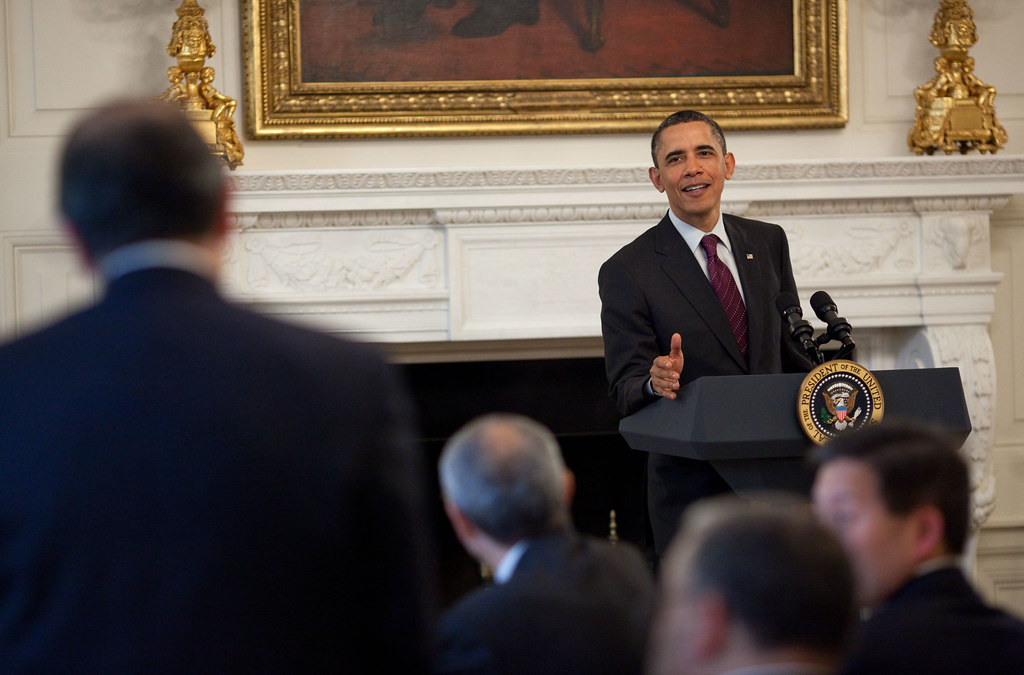
President Obama’s administration pursued a dual strategy of increased enforcement coupled with selective relief for certain immigrant populations, earning him the nickname “deporter-in-chief” from critics. During his eight years in office, the administration removed over 2.9 million immigrants, more than any previous president, while also implementing the Deferred Action for Childhood Arrivals (DACA) program in 2012. DACA provided temporary protection from deportation for nearly 800,000 young immigrants brought to the country as children, though it faced immediate legal challenges from Republican-led states. The administration also attempted comprehensive immigration reform through the bipartisan “Gang of Eight” legislation in 2013, which passed the Senate but died in the House of Representatives. Obama’s later executive actions, including an expansion of DACA and the creation of DAPA (Deferred Action for Parents of Americans), were blocked by federal courts, highlighting the deep political divisions surrounding immigration policy.
The Trump Administration’s Hardline Approach (2017-2021)

President Trump’s administration implemented the most restrictive immigration policies in modern American history, dramatically reducing both legal and illegal immigration through a series of executive orders and policy changes. The administration attempted to end DACA, implemented the controversial “zero tolerance” family separation policy at the border, and built hundreds of miles of border wall. The “Remain in Mexico” program forced asylum seekers to wait in dangerous Mexican border cities while their cases were processed, while the “public charge” rule made it harder for legal immigrants to obtain green cards if they used public benefits. Legal immigration levels dropped to their lowest point since the 1970s, with the administration reducing refugee admissions from 110,000 in 2016 to just 15,000 in 2020. The COVID-19 pandemic provided additional justification for immigration restrictions, including the suspension of most visa processing and the implementation of Title 42 expulsions at the border.
The Biden Administration’s Policy Reversals (2021-2024)

President Biden campaigned on reversing many of Trump’s immigration policies, but his administration has struggled to implement comprehensive reform while managing unprecedented border crossings. Within his first 100 days, Biden ended the “Remain in Mexico” program, raised the refugee cap to 125,000, and began processing asylum claims more quickly. However, the administration has faced criticism from both sides, with Republicans arguing that policy changes encouraged illegal immigration and Democrats frustrated by the continuation of certain enforcement measures. Border encounters reached record highs in 2023, with over 2.4 million apprehensions, though these numbers include many repeat crossings due to rapid expulsions under Title 42. The administration has also grappled with humanitarian crises involving unaccompanied minors and the processing of asylum claims from migrants fleeing violence in Central America, Haiti, and other regions.
The Current Border Crisis and Recent Developments (2023-2025)

The immigration situation at the southern border has reached what many experts describe as a humanitarian and logistical crisis, with cities like New York, Chicago, and Denver struggling to accommodate unprecedented numbers of asylum seekers. In 2023, the Biden administration ended Title 42 expulsions but implemented new restrictions on asylum eligibility, requiring migrants to first seek protection in countries they passed through on their way to the US. The administration has also announced new legal pathways for migrants from Cuba, Haiti, Nicaragua, and Venezuela through a controversial parole program that allows up to 30,000 people per month to enter legally if they have US sponsors. Texas Governor Greg Abbott’s decision to bus migrants to sanctuary cities has created political tensions and highlighted the national scope of immigration challenges. Recent polls show that immigration has become the top concern for American voters, with over 60 percent expressing dissatisfaction with current border policies.
Economic Impact and Labor Market Debates
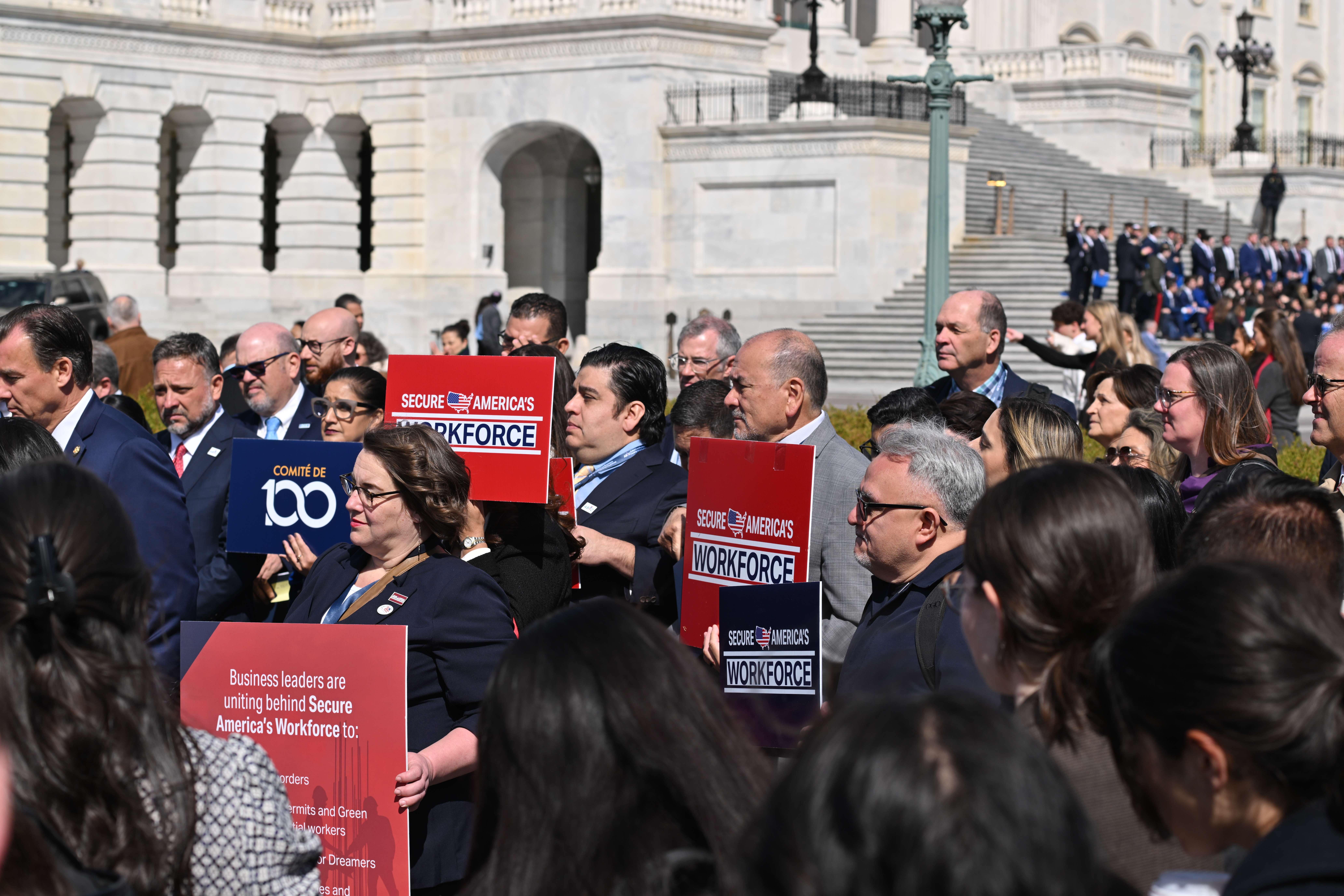
Modern economic research has largely debunked the myth that immigrants steal jobs from native-born Americans, with studies showing that immigration generally creates more jobs than it eliminates. The National Academy of Sciences concluded in 2017 that immigration has an overall positive impact on long-term economic growth, though the effects vary by education level and geographic region. High-skilled immigrants, particularly those in STEM fields, have been shown to increase innovation and entrepreneurship, with immigrant-founded companies accounting for roughly 40 percent of Fortune 500 firms. However, some studies suggest that large influxes of low-skilled immigrants can depress wages for native-born workers without high school diplomas, creating legitimate concerns about economic inequality. The aging of the American workforce has made immigration increasingly important for maintaining economic growth, with immigrants helping to fill critical labor shortages in healthcare, agriculture, and construction industries.
The Future of American Immigration Policy

Immigration policy remains one of the most polarizing issues in American politics, with comprehensive reform seeming increasingly unlikely despite broad public support for certain measures like providing a path to citizenship for DACA recipients. The demographic transformation of America, with white Americans projected to become a minority by 2045, has intensified debates about national identity and cultural assimilation. Climate change is expected to create new migration pressures, with experts predicting that environmental refugees could number in the hundreds of millions by 2050. The ongoing debates over skilled worker visas, border security funding, and sanctuary city policies reflect deeper questions about what it means to be American in the 21st century. As America grapples with these challenges, the lessons of history remind us that immigration policy has always been shaped by economic needs, security concerns, and cultural anxieties—forces that continue to drive the national conversation today.




